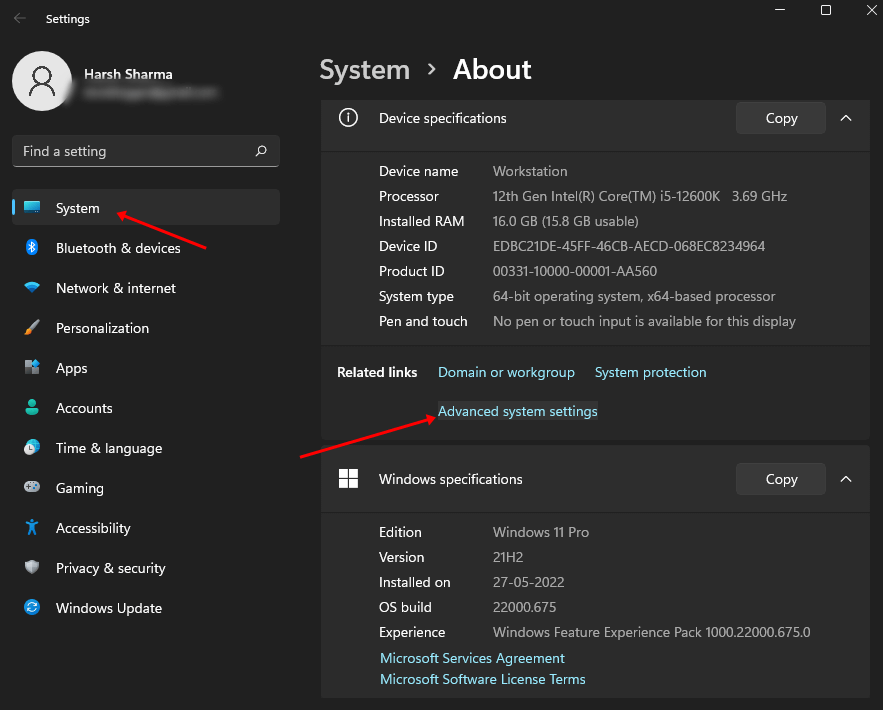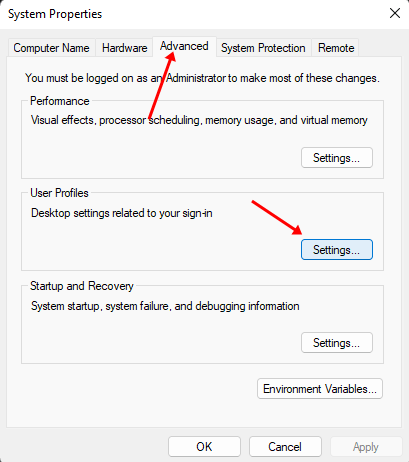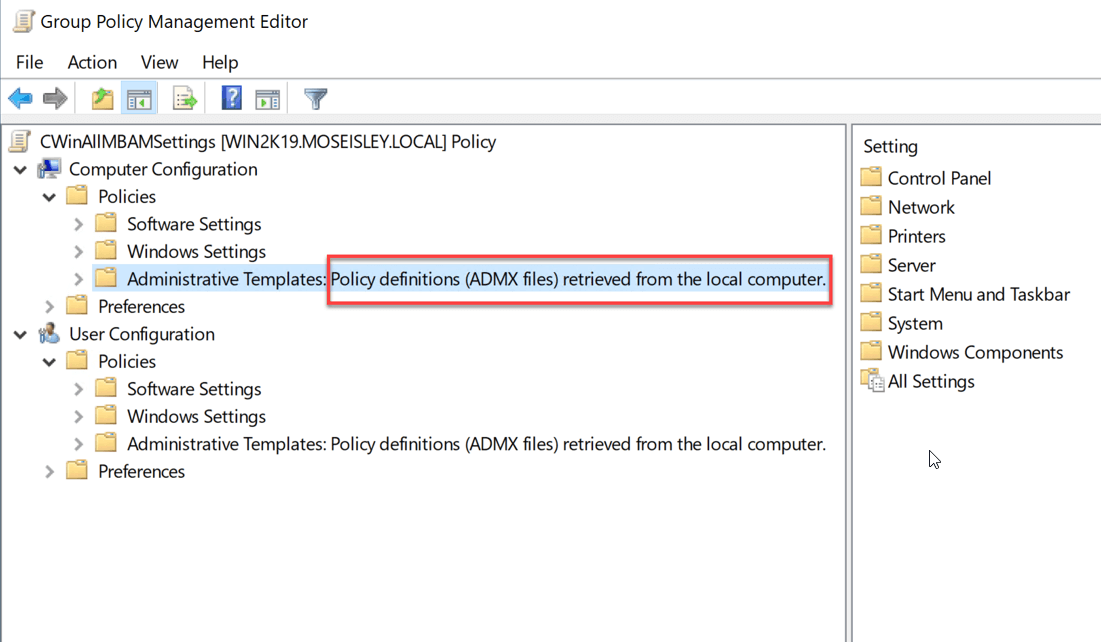Whenever the user login into anything on the server, the roaming profile stores its data and synchronizes it over the connected devices. If the local profile is set on the device, then only it will be available and those can not be synced with others.
Though data is synced over the devices, there are some disadvantages to having a roaming profile. The first disadvantage is that you will have to download the profile files every time you log onto a device. This will increase network traffic, and files will take longer to download.
To overcome such a scenario and increase your device’s security, it is best to disable the roaming profile if you are not using it. If you are looking for a guide to disabling roaming profiles, this article will help you.
Check Whether the Roaming Profile is Enabled or Not
To check whether the user roaming profile is enabled or not, they need to follow a few steps and they are already mentioned below-
- Go to the Start menu, search for the Control Panel and open it.
- In the control panel window, select the System and Security option.
- Next, click the System option and choose the Advanced tab option from the top row in the system properties window.
- Under the User Profile tab, click on Settings.
- Now, in the Type column, check whether there is Roaming profile or not.
- It is enabled if you find the Roaming profile in the Type column. Else not.
Disable Roaming Profile on Windows 11
If the roaming profile is enabled on Windows 11 and you want to disable it, then you can follow the steps given below-
- Go to the Start menu, and then select the Administrative tools.
- Next, click on the Group Policy Management option from the list that appears.
- Here, head to the following path-
Computer Configuration > Policies > Administrative Templates > System Configuration > System User Profiles
- Here, enable the option to Only allow local user profiles and Prevent roaming profile changes from propagating to the server.
- Once done, the roaming profile will be disabled on your PC.
Conclusion
If a roaming profile is enabled on your PC and you no longer want to use it, you can disable it. The article above discusses the steps to disable the roaming profile on Windows 11.
Moreover, if you don’t know whether the roaming profile is enabled or not and you want to check it, then we have mentioned the steps for that as well.
Frequently Asked Question
1. How to Turn Off Roaming Profiles?
You can turn off the roaming profile in Windows 11 from the Group Policy Management Editor. The steps for the same have already been mentioned above in this article. You can follow the steps above to disable the roaming profile.
2. How do I Know if my Roaming Profile is Enabled?
To check whether the roaming profile is enabled or not, head to Advanced System Settings. Here, click on Settings under User Profiles. Check for Roaming under the Type Column. If Roaming is preset, then the roaming profile is enabled; else not.
3. What is the Purpose of a Roaming Profile?
The main purpose of a roaming profile is to store updates from every login session on the server and synchronizes them across connected devices.
4. What is the Difference Between Roaming Profile and Local Profile?
Roaming Profiles are those that can be transferred from one device to another one easily and the data is synchronized over the devices, while the local profiles are those that can be accessed on a specific device.






